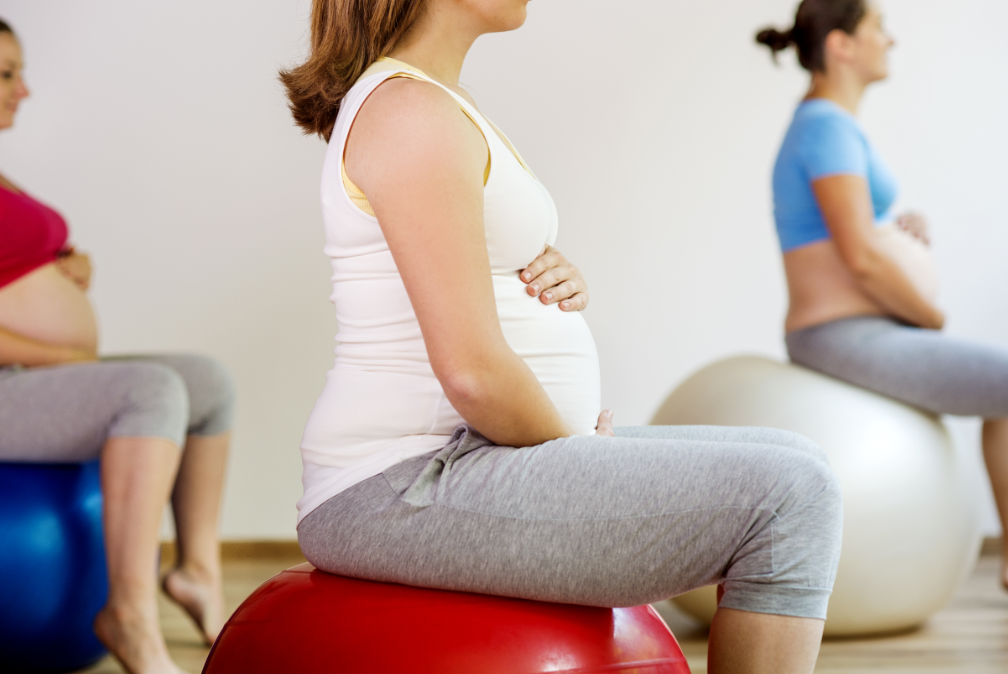Your weight both before and during pregnancy can help assure the health of you and your baby.

Before Your Pregnancy:
Achieving a healthy weight before becoming pregnant is one of the best ways to get your pregnancy off to a healthy start. “Healthy” weight is usually defined as a Body Mass Index (BMI) between 18.5 and 25 kg/m². Many BMI calculators can be found online, or you can calculate it with the formula: BMI = (weight in pounds / height in inches²) x 703.
- To determine your pre-pregnancy BMI and weight category, use Step 1 and Step 2 below.
During Your Pregnancy:
Your weight at the time you become pregnant can influence how much weight you will need to gain during your pregnancy.
- Use the example and charts on the left to see the amount of weight gain recommended for you.
Step 1: Calculate your BMI at time of pregnancy
Step 2: Determine what weight category you fit into
Step 3: Determine your total recommended weight gain
Consult with your physician about how much and how gradually you should gain weight during your pregnancy. Generally, you will gain a smaller amount of weight at first, and then over the course of the pregnancy gain increasingly more until your total recommended weight is reached.
Tips to help you eat healthfully during pregnancy
- Be aware of hunger and fullness cues — eat when you are hungry and stop when you are full.
- Snack on your favorite fruits and vegetables. The fiber naturally found in fruits and vegetables will help keep you full!
- Choose whole grain breads, cereals, and pastas which usually contain more nutrients and fiber than refined grain products.
Keep moving!
Not only does physical activity during pregnancy keep your body strong and healthy, but it can also help you prepare for an easier delivery. It is recommended that healthy women get at least 150 minutes (2 hours and 30 minutes) per week of moderate-intensity aerobic activity during their pregnancy—and it is best to spread this activity throughout the week.
Moderate Intensity Aerobic Activity includes:
- Walking briskly (3 miles per hour or faster, but not race-walking)
- Water aerobics
- General gardening
- Bicycling slower than 10 miles per hour
- Ballroom dancing
Before starting an exercise program, consult with your physician, who can base the amount and intensity of physical activity recommended throughout your pregnancy on your usual habits prior to pregnancy, and what you feel comfortable/safe doing.
Step 1: Calculate your Body Mass Index (BMI):
BMI = (wt. in pounds / height in inches²) x 703.
Example:
If you are 5’7″ tall (67″) and weigh155 pounds:
BMI = (155 / 67²) x 703 = 24
Step 2: Determine your weight category based on your BMI at time of pregnancy:
| BMI: | Category: |
| Under 18.5 | Underweight |
| 18.5-24.9 | Normal |
| 25-29.9 | Overweight |
| 30 or over | Obese |
Step 3: Determine your total recommended weight gain based on your current weight category:
| Pre-pregnancy Weight Category | Total Weight Gain Range (lbs) |
| Underweight | 28-40 |
| Normal Weight | 25-35 |
| Overweight | 15-25 |
| Obese | 11-20 |


